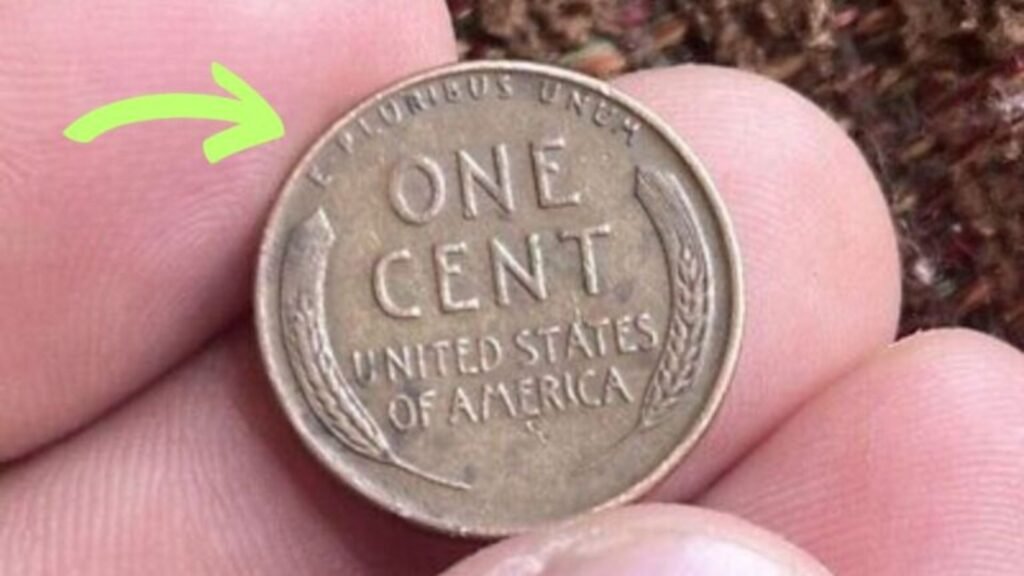Imagine picking up a penny from the sidewalk, flipping it over, and realizing it’s worth $50 million. Sounds like a Hollywood script, right? But the legendary Lincoln Wheat Penny, rumored to be hiding in plain sight, could turn this dream into reality. This tiny coin, minted over half a century ago, has sparked a modern-day treasure hunt. Let’s dive into why this penny is so special, how it could still be in circulation, and how you might spot one.
What Makes the Lincoln Wheat Penny So Valuable?
A Coin with a Rich History
The Lincoln Wheat Penny, also called the Wheat Cent, was first minted in 1909 to celebrate Abraham Lincoln’s 100th birthday. Designed by Victor David Brenner, it was the first U.S. coin to feature a real person’s portrait, breaking from the tradition of symbolic figures like Lady Liberty. Its reverse side, adorned with two wheat stalks, gave it its iconic nickname. Minted until 1958, billions of these pennies flooded American pockets, but a few rare ones stand out.
The $50 Million Rarity: The 1943 Copper Penny
The penny rumored to be worth $50 million is likely the ultra-rare 1943 copper Lincoln Wheat Penny. During World War II, copper was scarce, so the U.S. Mint switched to zinc-coated steel for pennies in 1943. By mistake, a handful of copper blanks from 1942 were used, creating fewer than 20 known copper pennies that year. These errors are numismatic gold. One sold for $1.7 million in 2010, and experts speculate a pristine specimen could fetch $50 million today due to its rarity and historical significance.
Why Is This Penny Still in Circulation?
The Treasure Hiding in Plain Sight
What’s wild is that this $50 million penny might still be out there. Rare coins often slip through the cracks, tucked away in coin jars, old wallets, or even pocket change. In 1947, a teenager named Don Lutes Jr. received a 1943 copper penny in his high school cafeteria change. He kept it until his death in 2018, and it later sold for $204,000. Stories like this prove valuable coins can hide in everyday transactions.
Why People Miss It
Most people don’t scrutinize their pennies. A 1943 copper penny looks similar to common ones, especially if worn. Unless you’re a collector, you might toss it into a vending machine without a second thought. This oversight keeps rare coins circulating, waiting for a sharp-eyed finder.
How to Spot a $50 Million Lincoln Wheat Penny
Want to join the treasure hunt? Here’s how to check if that penny in your pocket is a jackpot.
Step 1: Check the Date and Material
Look for a 1943 penny with a reddish-brown copper hue, not the silvery steel typical of that year. A quick magnet test can help: steel pennies stick to magnets, but copper ones don’t. A genuine 1943 copper penny weighs about 3.11 grams, heavier than the 2.7-gram steel version.
Step 2: Inspect for Mint Marks and Errors
Check for mint marks—“D” for Denver or “S” for San Francisco—under the date. The 1943-D copper penny is especially rare, with only one known example. Look for errors like double-stamped dates or off-center designs, which can skyrocket value.
Step 3: Don’t Clean It!
If you suspect you’ve found a rare penny, resist the urge to polish it. Cleaning can damage the surface and slash its value. Store it in a soft cloth or coin holder and seek a professional appraisal.
Other Valuable Wheat Pennies to Watch For
While the 1943 copper penny is the holy grail, other Lincoln Wheat Pennies can also fetch big bucks:
- 1909-S VDB: With only 484,000 minted, this coin, featuring Brenner’s initials, can sell for up to $100,000 in mint condition.
- 1914-D: Scarce with just 1.2 million made, it’s worth $5,000 to $150,000.
- 1955 Double Die: A noticeable doubling error makes this penny worth $1,500 to $50,000.
How to Verify and Sell a Rare Penny
Found a suspicious penny? Don’t celebrate just yet. Counterfeits are common, with scammers copper-plating steel pennies to deceive collectors. Here’s what to do:
- Get It Authenticated: Take your coin to a reputable grading service like PCGS (Professional Coin Grading Service) or NGC (Numismatic Guaranty Corporation). They’ll verify authenticity and grade its condition.
- Consult a Numismatist: Experts like Sajid, a coin enthusiast with over 20 years of experience, recommend professional evaluations to avoid fraud.
- Sell Strategically: Auction houses, trusted coin dealers, or online platforms like eBay are options. A 1943 copper penny’s value depends on condition, provenance, and market demand, so timing matters.
The Thrill of the Hunt
The Lincoln Wheat Penny’s allure isn’t just about money—it’s about history and discovery. Each penny tells a story, from wartime sacrifices to minting mishaps. Collectors like Kellye M. Harper describe the hunt as “a journey through American history,” connecting finders to a bygone era. Even if you don’t strike it rich, finding a rare penny is a thrill worth chasing.
Could You Be Holding a Fortune?
Next time you empty your pockets, take a closer look at those pennies. The $50 million Lincoln Wheat Penny might be a long shot, but lesser treasures like the 1909-S VDB or 1955 Double Die are more attainable. With billions of Wheat Pennies minted, your odds of finding something valuable are better than you think. So, grab a magnifying glass, check those dates, and maybe—just maybe—you’ll uncover a coin that changes your life.



